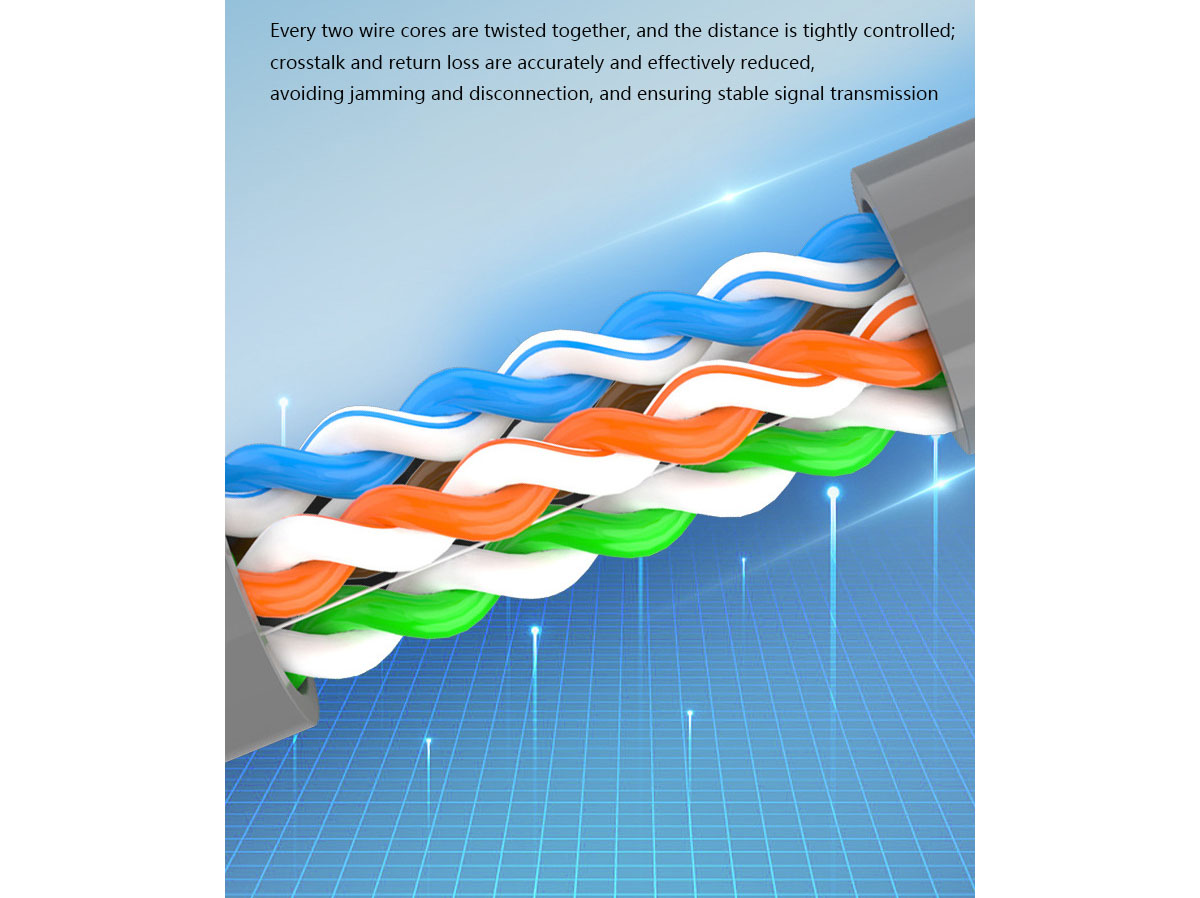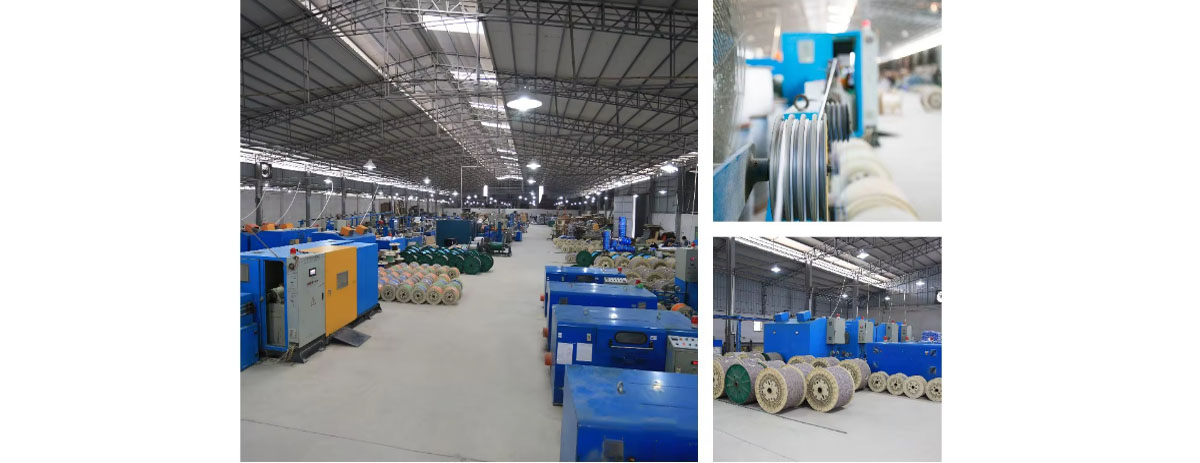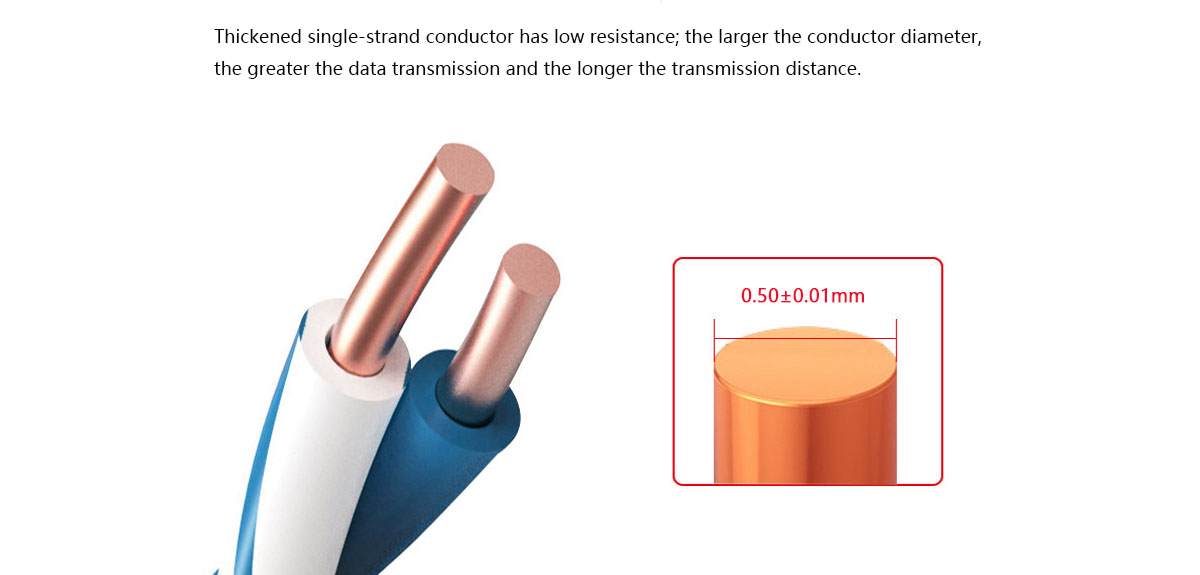In the construction of intelligent networks, network cables are used as the basic transmission medium, and their price differences often attract the attention of users. Why do seemingly identical network cables fluctuate significantly? This is closely related to core factors such as materials, processes, and performance standards.
First of all, the conductor material is the core factor that determines the cost of network cables.
Network cables usually use high-purity oxygen-free copper (OFC) as conductors, which have high conductivity and low signal attenuation, and can ensure long-distance stable transmission. Some low-priced network cables may use copper-clad aluminum (CCA) or alloy materials. Although the cost is reduced, the resistance is increased and it is easy to oxidize. Long-term use may cause network delays or even disconnection problems. Aoptke Fiber Communication Equipment Co., Ltd.'s Category 5 network cables strictly use 99.99% oxygen-free copper cores to ensure zero signal transmission loss.
Secondly, the production process and structural design directly affect the performance and pricing of network cables.
High-specification network cables need to use precision twisting technology to reduce crosstalk between pairs, and use multi-layer shielding structures (such as metal foil + braided mesh) to resist electromagnetic interference. In addition, the wear resistance and flame retardancy of the sheath material (such as UL certification) also need to be strictly controlled. Aoptke Fiber uses a fully automated production line, combined with precise twist control and double-layer shielding technology, so that the network cable can still maintain a gigabit rate in a complex environment, and the process cost investment is significantly higher than that of ordinary products on the market.

Finally, performance certification and additional functions are the key to price stratification.
Network cables that meet the TIA/EIA-568 standard must support a 100MHz frequency and stable transmission of gigabit data within 100 meters. Some manufacturers meet higher demands through over-specification designs (such as increasing to 250MHz), and the prices of such products naturally rise. In addition, outdoor-specific models such as waterproof and UV-resistant are priced higher than conventional indoor network cables due to increased material and testing costs. Users need to choose the corresponding level according to the application scenario (such as home wiring, industrial network) to avoid performance redundancy or insufficiency.
Summary: Cost-effectiveness comes from precise matching needs.
The price difference of network cables is determined by three dimensions: material, process, and performance. Changs Aoptke Communication Equipment Co., Ltd. recommends that users abandon the "low price only" theory and comprehensively consider transmission stability, environmental adaptability and long-term use costs. As a brand with 10years of experience in the communications field, we provide a full range of certified network cables, covering everything from economical to industrial grade, and are equipped with 24-hour technical consulting and global warranty services to help you build an efficient and reliable network foundation.
Post time: 2025-02-16 16:06:59


